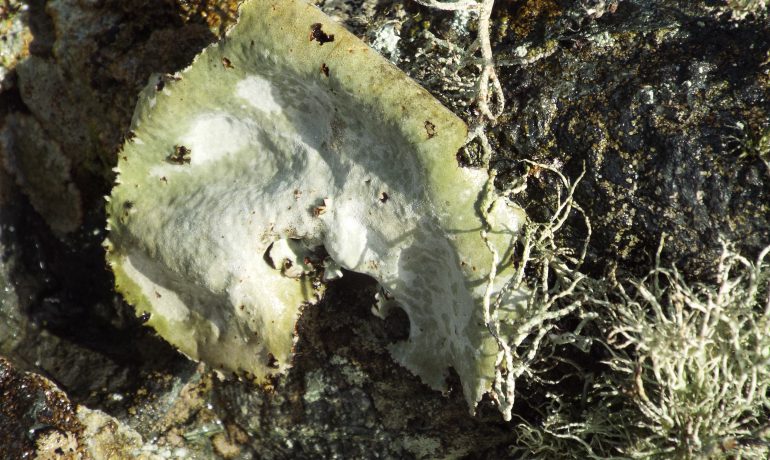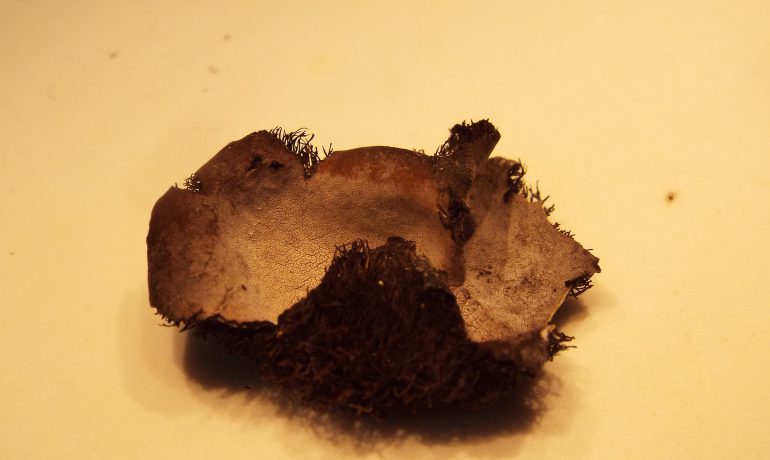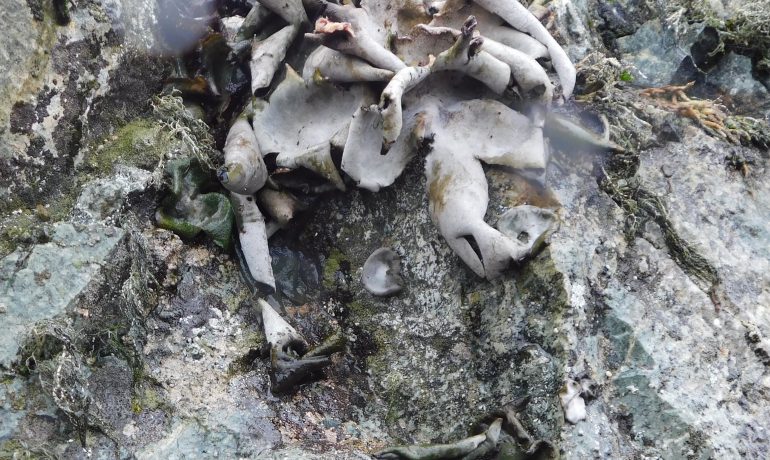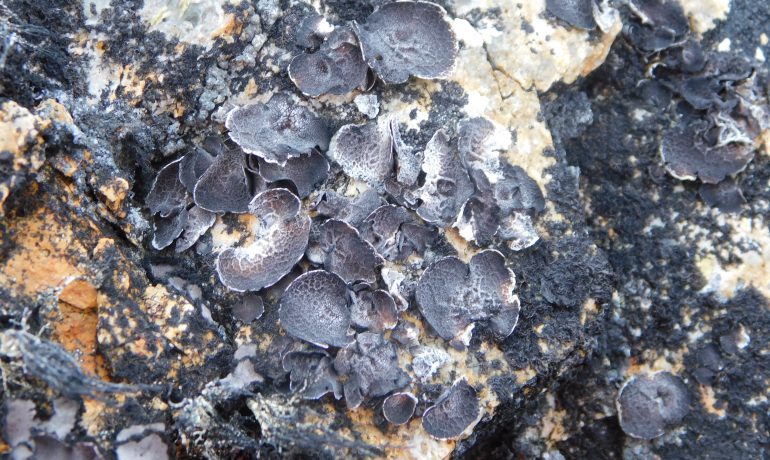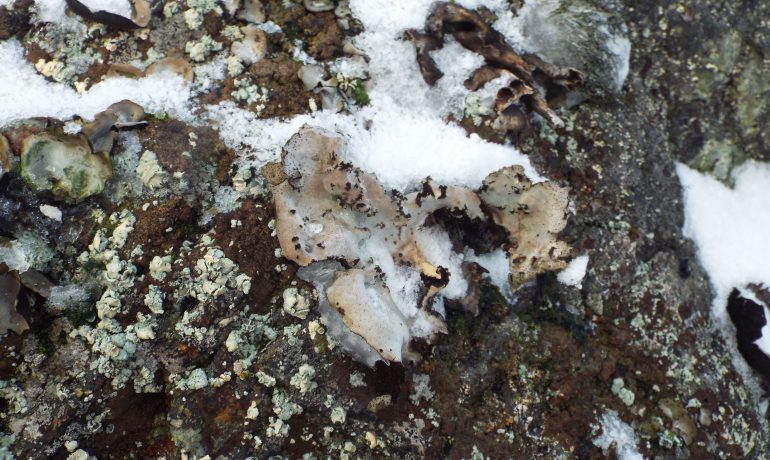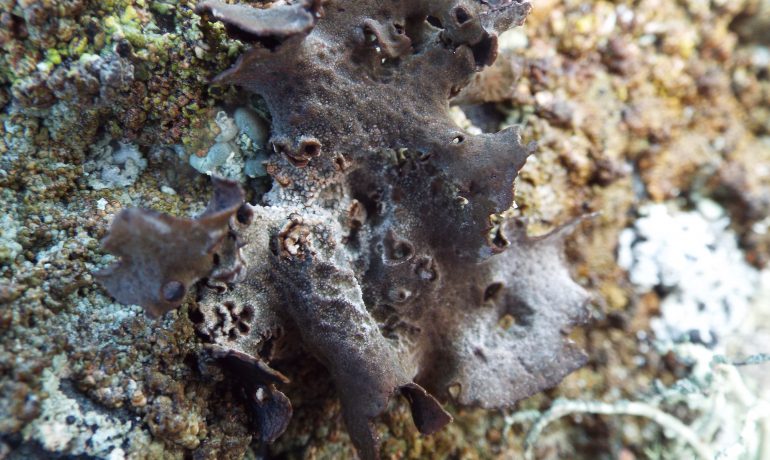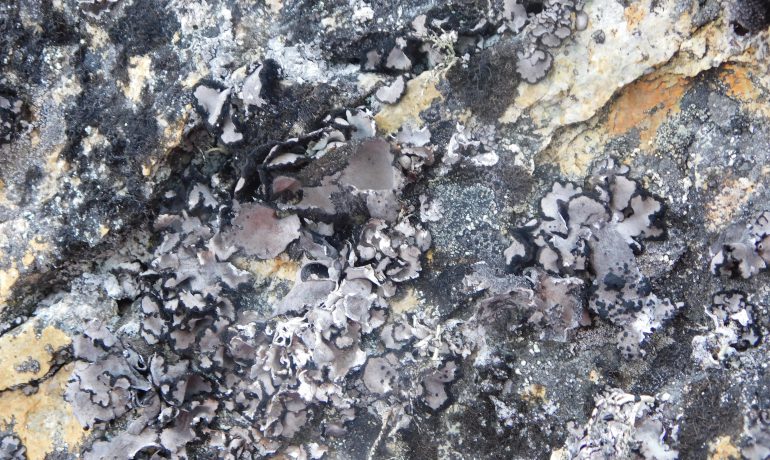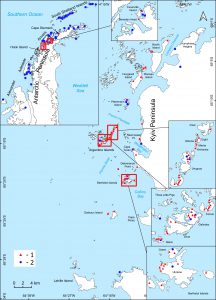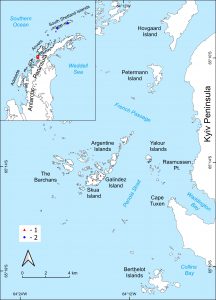Recently, the world-famous journal Scientific Reports (Nature) published a joint article by Ukrainian and Polish scientists dedicated to Umbilicaria lichens: its species and distribution in the Argentine Islands–Kyiv Peninsula region (this is where Vernadsky is located).
It was authored by NASC biologists Ivan Parnikoza, Viktoria Ivanets and Hanna Yevchun. This article is the result of several seasonal expeditions to Antarctica and two years of scientific cooperation.
Using modern genetic methods, scientists have for the first time confirmed the presence of 7 Umbilicaria species of the mentioned lichen in the area of our station. It turned out that this region is the second in Antarctica after King George Island (300 km north of Vernadsky, studied by Polish colleagues) in terms of the number of Umbilicaria species.
The 7 Umbilicaria species are:
- the species of africana and a surprisingly rare U. aprina are documented from the studied region for the first time. It is noteworthy that this study moves the southern distribution limit of U. africana in the maritime Antarctic about 300 km to the south;
- a rare decoration of our area is nylanderiana;
- the most common is antarctica;
- very similar to it is kappenii, one of the best studied areas of distribution of which in Antarctica is the area of our station. U. antarctica and U. kappenii are endemic to Antarctica, that is, they are not found anywhere else;
- umbilicaroides, which is considered rare in the rest of Antarctica, was found to be extremely common in the region. Therefore, this species is one of the hallmarks of the uniqueness of our area;
- Instead, the very beautiful decussata, which is quite common in Antarctica, turned out to be rarer here than in the rest of Antarctica.
In preparation of this article, maps of the distribution of the discovered species in the marine Antarctic were also created for the first time in general.
Why does it matter?
- Depending on local micro-conditions and climate, the composition of Umbilicaria species will be different, that is, climate change can be tracked by these species.
- Scientists have confirmed that rare species growing in the area of Vernadsky station should be protected, and this provides additional arguments in favor of creating a specially protected area here.
Let us recall that for several years now Ukraine has been promoting such a decision at Antarctic Treaty meetings, despite the resistance from China and Russian Federation.
On illustrations:
- different Umbilicaria species
- The distribution maps of rare africana and widespread U. antarctica prepared by the NASC scientists for the maritime Antarctic and the Argentine Islands–Kyiv Peninsula region.


